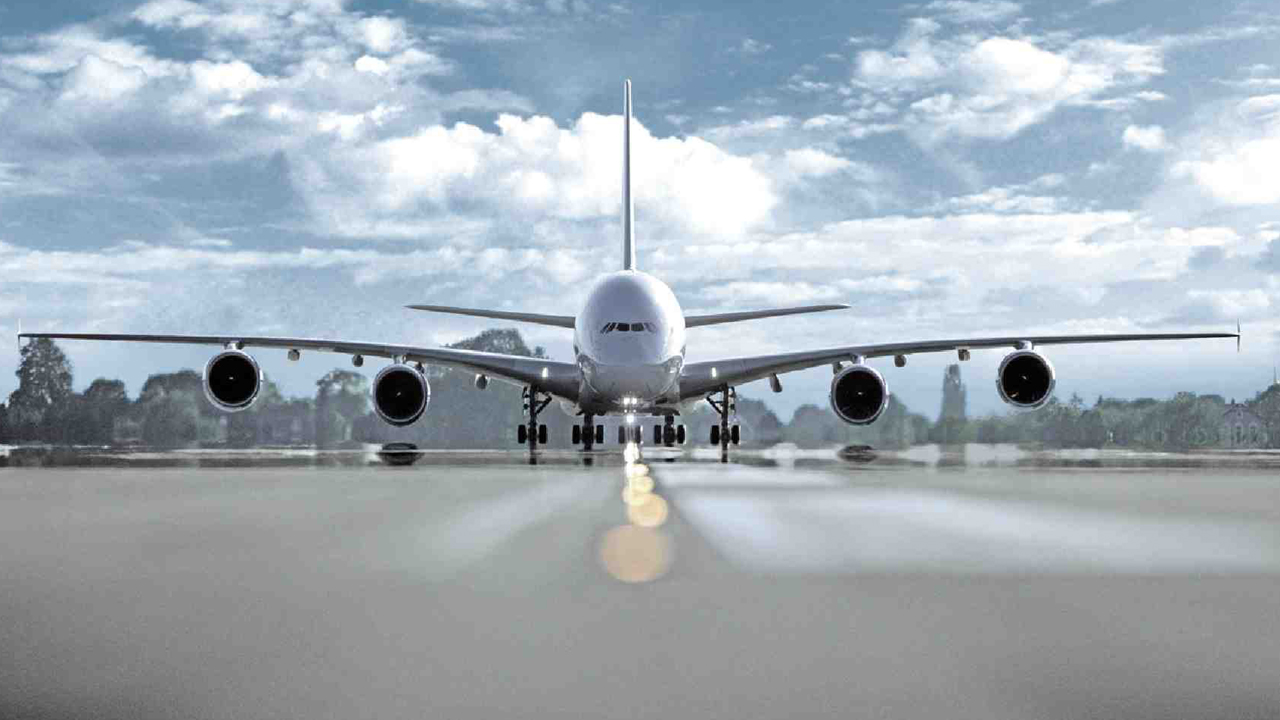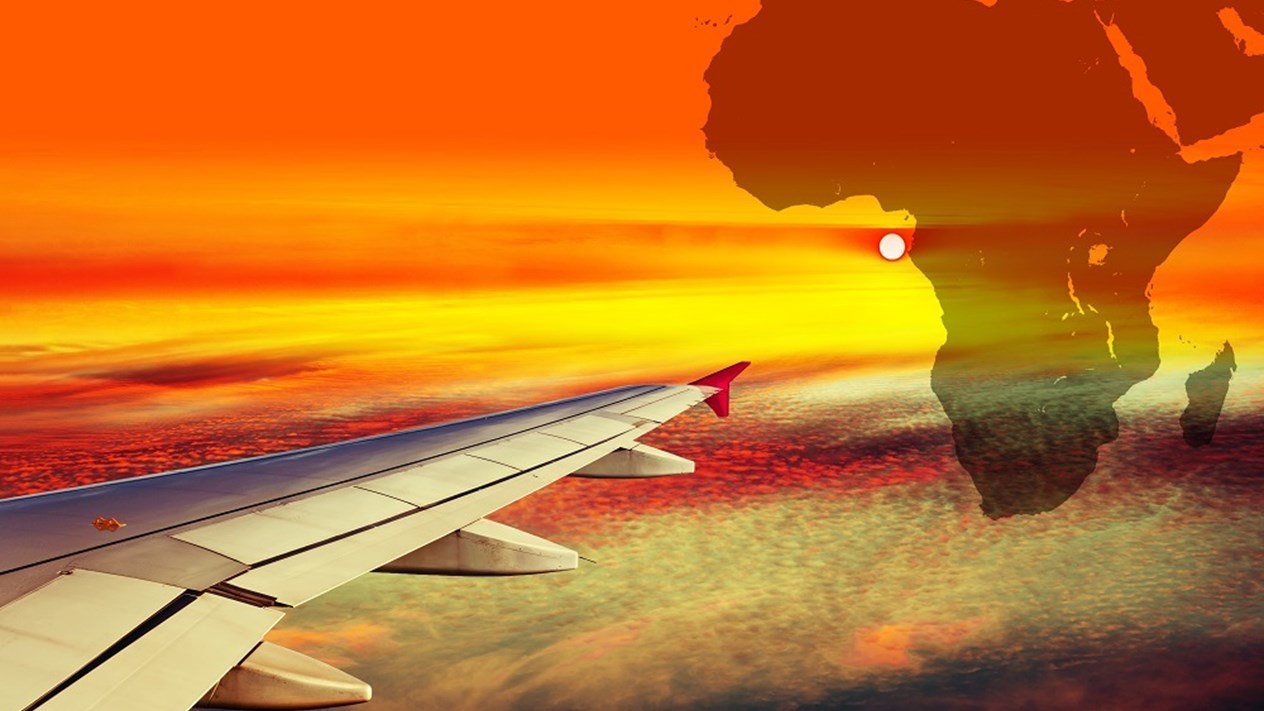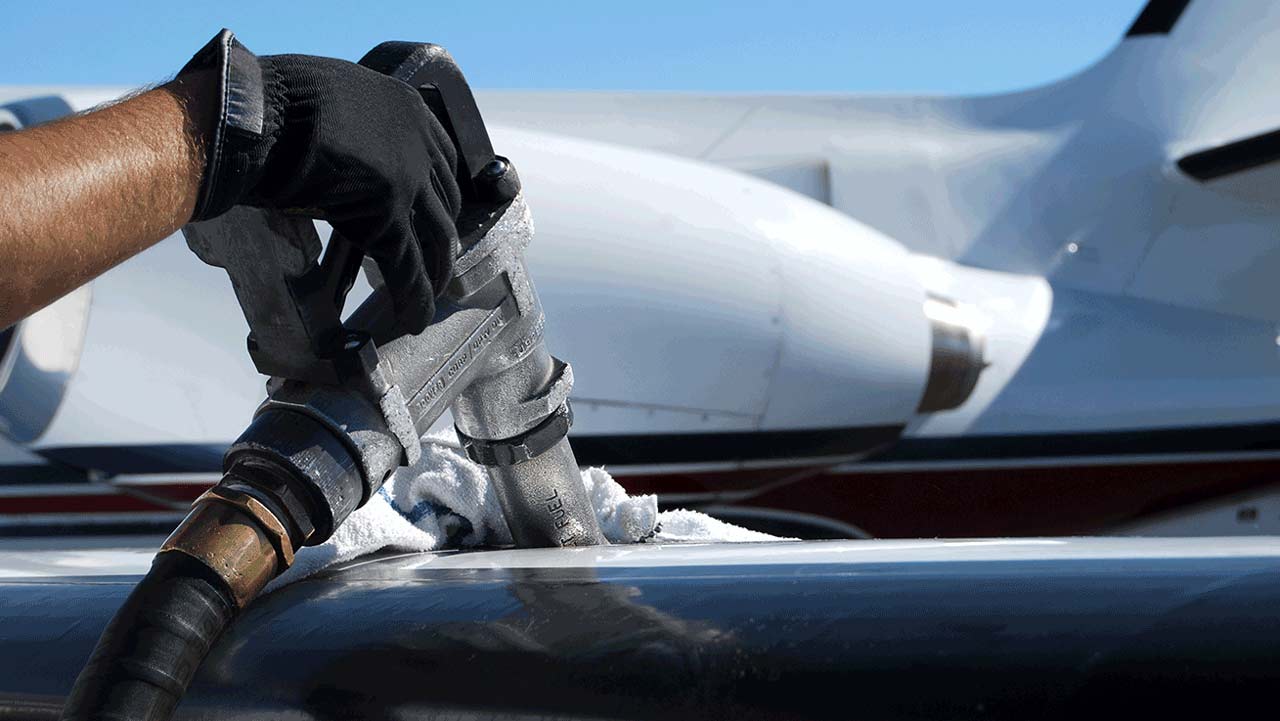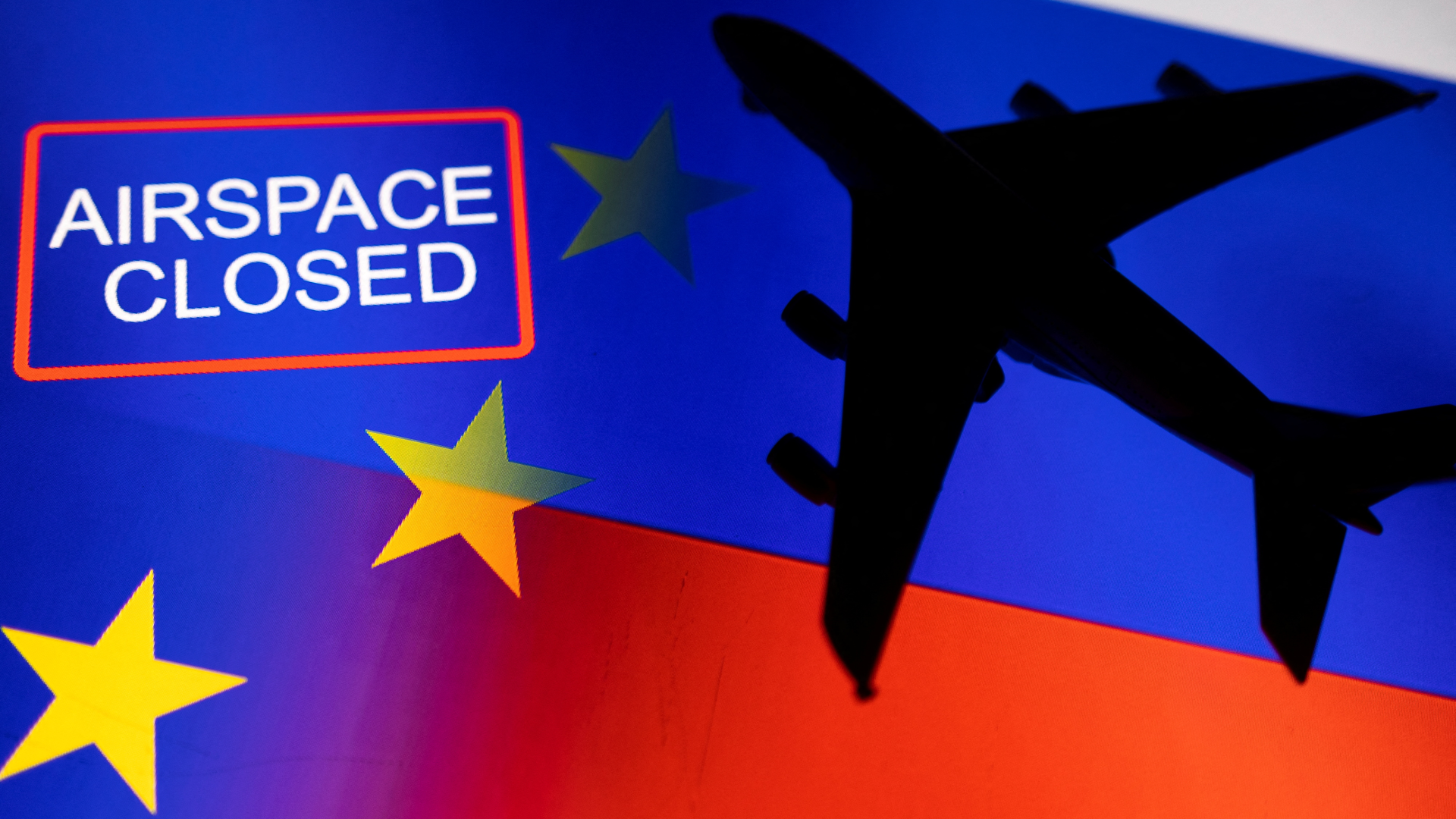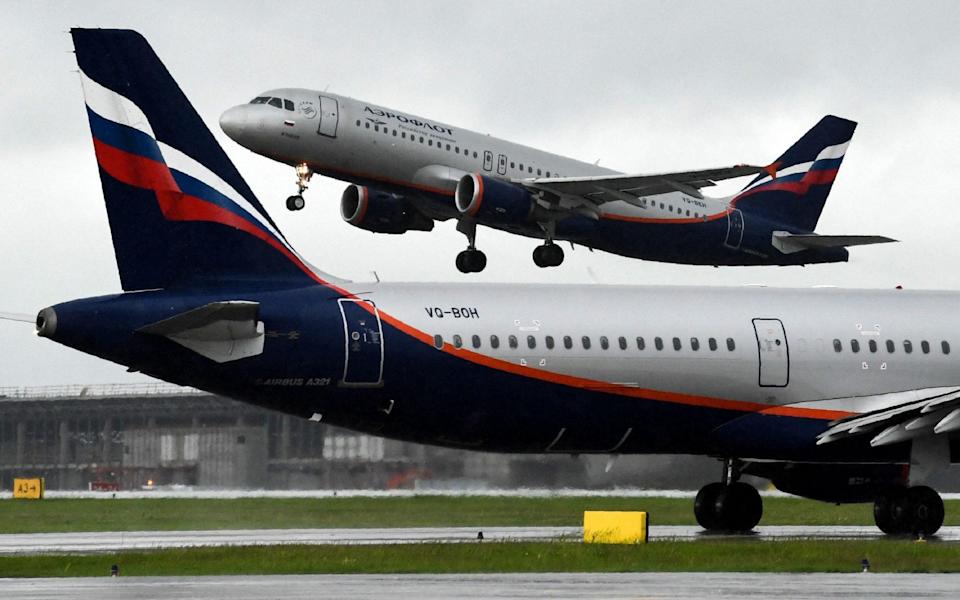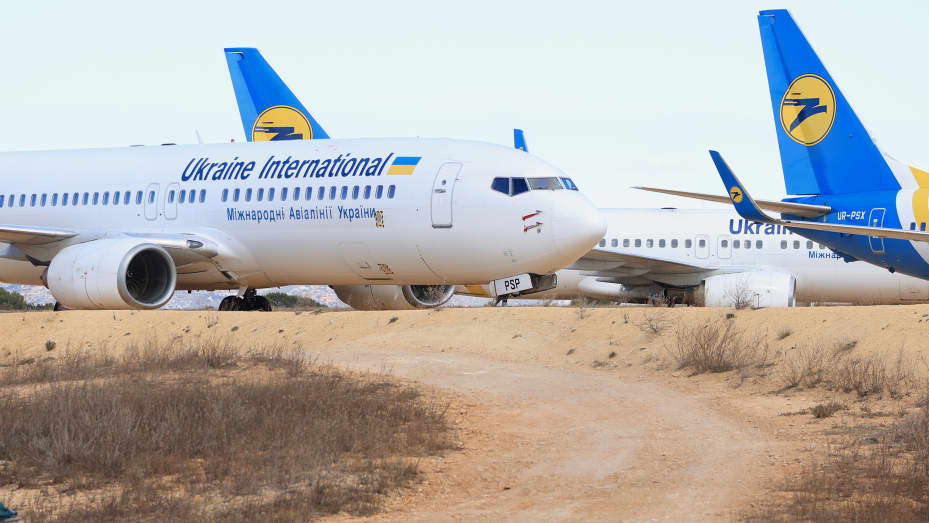The unprecedented demand for airport capacity to handle essential cargo such as temperature-sensitive pharmaceuticals and Covid-19 vaccines over the past two years of the Covid-19 pandemic exposed the massive shortage of airport infrastructure in Africa.
Even among major airport hubs in various parts of Africa, passenger and cargo figures have overwhelmed available capacity or would do so in the near future. This poor capacity restricts African airports’ growth and associated revenue. In response to this challenge, Ethiopian had increased the existing Bole International Airport capacity from seven million passengers per annum capacity to 22 million capacity. In addition, Ethiopian Airlines a few years ago announced plans to build a $5 billion massive airport in Addis Ababa, to complement the existing Bole International Airport and accommodate fast-rising passenger and cargo traffic. The airport would cover an area of 35 square kilometers and accommodate 100 million passengers annually.
Agreeably, this lack of airport capacity in Africa represents investment opportunities for investors. Transit sheds, cold stores, specialized freight consolidation centers, and e-warehousing, among others, present good investment opportunities all over the continent. Daniel Eckstein, Business Development Manager Middle East, and Africa of Munich Airport International (MAI) – Munich Airport’s international business subsidiary, said African airports and investors have opportunities to create airport cities, business parks, or free trade zones in order to tap further non-aviation revenue potential.
On the landside too, African airports could diversify revenue streams with shopping, restaurant, hotel, and conference centers, office leasing for international companies, rental events spaces and construction of a smart city in form of the cross-industry innovation centre, among other businesses.
Leading from the front Currently, a number of African airports and airport authorities are already developing or executing future expansion plans to meet crucial current and future demand, ensure steady growth and development of their airports, and contribution to their economies. The Kenya Airports Authority (KAA), which refers to itself as “the largest air freight service provider in Africa”, is implementing its Air Cargo Strategy 2019-2022 to drive cargo development.
At Isiolo International Airport, KAA says cargo handling sheds have been completed to take care of the export of agricultural produce and Miraa. Construction of a modern transit shed is underway at Mombasa’s Moi International Airport, and a new cold storage room and specialized consolidation area will form part of the upgrade planned for the airport. Kisumu is being positioned to attract massive trade and investment in its Great Lakes region.
Early January 2022, Kisumu Airport announced its first cargo flight to international markets on Kenya Airways. “Local and international investors are attracted to Kisumu International Airport due to its multi-modal transportation capabilities and proximity to the Kisumu Port, the ICD, and the modern road network,” KAA states. KAA is also in the process of modernizing and expanding Eldoret International Airport’s transit sheds to handle more cargo “as we envisage increased airfreight activity, both local and international.”
Cameroun recently announced infrastructure improvement inaugurated at the Yaounde-Nsimalen International Airport including the Emergency Operations Centre (EOC), the patrol road, the rehabilitation of the security fence, and the Yaounde-Nsimalen International Airport ring road. Sierra Leone also reported efforts to improve safety at its airports. Jack Massaquoi, General Manager of Sierra Leone Airports Authority (SLAA), says the Sierra Leone Airports Authority wants to keep first responders on their toes and to always stay cognizant of their safety roles. For Seychelles airports, they have a “strategy to proactively pursue innovative business ventures to provide more diverse services for our customers.”
Public-private partnership Partnerships are vital to reposition African airports to meet the current and future needs of airport users including airlines, tourists, and business meetings. Public-private partnership is instrumental to the development of Kenya airports, and this offers the solution to develop Africa’s remote airports where agriculture and other primary produce are generated.
In West Africa, Nigeria’s move to concession its major international airports in Kano, Port Harcourt, Abuja, and Lagos could be a first step towards positioning the country’s airports to benefit from the air transport and trade liberalization in the continent. Without the intrigues and controversies that marred previous concessions in Lagos, Nigerian airports development could be another example for other African airports to toe their line.
Airline-airport synergy Both Kenya and Ethiopian Airports expansion are significantly driven by their well-established national carriers, Kenya Airways and Ethiopian, respectively, which spearhead cargo and passenger traffic to the airports. Other African states could drive their airports expansion relying on traffic from privately-owned domestic or regional African airlines, which have now been empowered to fly into airports on the continent unfettered by the glorious Single African Air Transport Market (SAATM) established in 2018.
About 35 states have signed the SAATM, so airlines from these states are expected to explore the airports in these states and the high volume of trade is expected to ensue from the operationalization of the complementary African Continental Free Trade Area (AfCFTA) launched continent-wide in January 2021. Under the new SAATM and AcfCFTA environment, there must be robust collaboration and partnerships between African airlines and African airports. This also presupposes that African airports must intensify their non-aeronautical revenue drive which would enable these airports, in turn to reduce emphases on charges on airlines. Most African airports operate far below 50 percent of non-aeronautical revenue.
Ethiopian Airports, for instance, is showing good example in non-aeronautical revenue development, with its luxury Skylight Hotel that offers 373 guest rooms and conference hall for 2500 guests, being the biggest hotel in Addis Ababa. Targets and timelines The examples of multi-year development plans by Kenya Airports Authority, Ethiopian Airports, and Airports Company South Africa (ACSA) have clearly demonstrated benefits. The 2010 World Cup in South Africa enabled ACSA develop especially the Johannesburg airport to accommodate the traffic resulting from the event and future traffic.
Setting airport expansion and development targets would enable African airports measure their direction, as well as growth achieved within a given period. It will also guide the private sector investors and concessionaires to expedite action in areas of immediate need. Most importantly, Africa is still providing less than two percent of global air traffic; thus, setting a realizable target of 5-10 percent of global market share over the next 5-10 years is a project all African airports should strive towards, as a priority. Synergize with cargo value-chain Aviation cannot develop in a silo.
Airports development stakeholders must collaborate with especially cargo sources such as the agricultural sector and the transport and packaging value-chain to develop and facilitate acceptable products and package standards for movement by air. This would reduce spoilage and economic losses associated with movement of perishable agricultural and other products by poor road networks over long distances in Africa. Embrace technology and e-commerce Africa’s 1.3billion population has remarkably the youngest population that is also largely immersed in mobile technology and e-commerce. African airports should realign accordingly and adopt new airport technology to enhance customer experience, and further explore the fast-rising e-commerce industry.
E-commerce should be a key feature among businesses in the evolving Free Trade Area in Africa which is designed to drive massive trade activities within Africa. The current traffic trend mired by the Covid-19 pandemic could make short-term traffic projections rather difficult. The International Civil Aviation Organization (ICAO) says “Africa and the Middle East recovering moderately, until Africa plunged again due to Omicron restrictions.” In fact, Ali Tounsi, secretary-general of Airports Council International Africa Region (ACI-Africa), says that cargo is now one-third of the airline business; and it is hoped that air cargo can grow even further with the advent of the African Continental Free Trade Area, e-commerce and the linkages to manufacturing facilities and Special Economic Zones (SEZ).
Despite this challenge, 2022 presents a window of recovery for African airports and investors to take the better option of planning and executing for the immediate- and longer-terms, given that the pandemic would become better managed to unstop reopening of borders and flow of air traffic to African airports.
Government must take responsibility According to Tounsi, African airports are controlled nearly 90 percent by governments. This puts the responsibility of driving the evolution of African airports on the governments. Governments must, in turn, create the enabling environment that attracts private investors, including airport-airline partnerships. African governments must take responsibility to ensure that African airlines are supported – under a robust Dispute Settlement Mechanism of the SAATM – to drive cargo and passengers to African airports, including airports with huge cargo potentials. Foreign airlines are already positioned to take away the opportunities emanating with the AfCFTA, with Qatar Airways relishing prospects of cargo from Nigeria’s Kano International Airport.
Source: Logistic Update Africa



